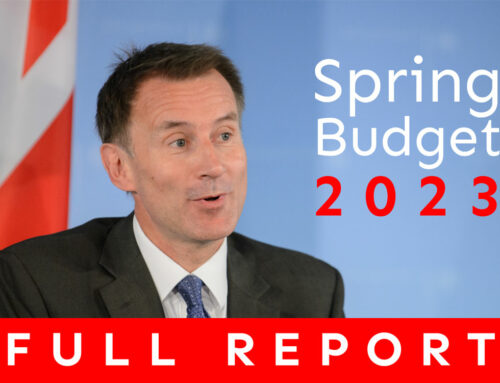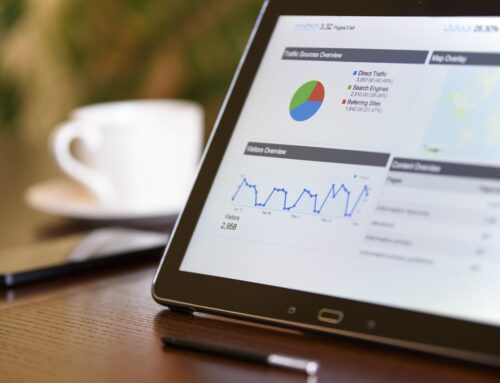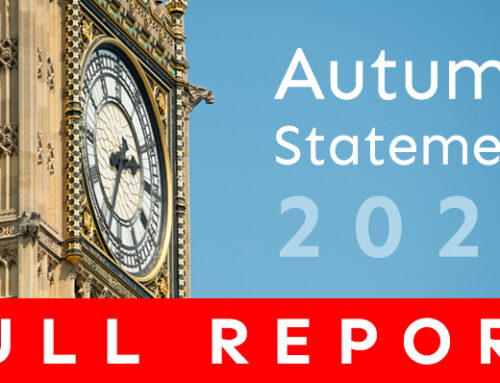Vantage’s top tips for reducing your income tax bill in 2022
As we steam ahead into the summer months it can be easy to focus on your business making money, rather than what your business needs to be doing in the background. One of those is to focus on tax, to ensure your money is working as hard as it possibly can.
In this blog we focus on just that, and explore the top 7 things you can be doing to reduce your income tax bill in 2022.
- Make pension contributions
Personal pension contributions are made from taxed money, so whilst you the taxpayer will pay in X net amount (for example 80% if you’re a basic-rate taxpayer, 60% if you’re an higher-rate taxpayer, or 55% if you’re an additional-rate taxpayer), HMRC will directly contribute the tax paid on that contribution, into your chosen pension scheme. The amount as a whole is then invested tax-free, so for example if you’re a basic-rate taxpayer you’d pay £80 and HMRC would pay the remaining £20. The total investment would then grow without income tax or Capital Gains Tax.
If you’re aged under 75 and are a UK resident that’s not currently receiving your pension, you’re able to contribute a maximum of £40,000 per annum from your earnings, and still receive this tax relief. If you have a spouse ensure they’re also doing the same to make the most from this allowance.
- If you have a partner, make pension contributions on their behalf
If your partner isn’t currently earning, you are able to contribute to their pension in a tax-efficient manner, so long as you yourself are paying tax. Your partner must be a UK resident, not earning themselves, and also not already be receiving a pension. You’re able to contribute a maximum of £2,880 per annum, and HMRC will ‘top this up’ to £3,600 with the remaining £720.
- Make sure you’ve used all of your pension annual allowance
If you have any unused allowance from the past three years you’re able to carry it over, so long as the pension scheme was in place during these years. It’s worth having a look back over your contributions to check you’ve used all of your allowances since 2019 to date.
- Make a financial gift to charity
When you give a gift to a UK registered charity it’s exempt from income tax, so long as you sign a gift aid declaration when making the contribution. So for example, if you were to give £80 of your taxed money to a charity, HMRC will again pay the additional 20%, so the charity would in fact receive £100. Again if you’re a higher or additional-rate taxpayer, then the tax bands are extended, respectively.
- Transfer investments to your partner
If you have investments, it’s advisable to revise them annually, so that you can ensure they’re in the best proportion for tax purposes, should you happen to share them with your spouse. If any funds you have are generating interest, and your spouse isn’t receiving an income from employment, trading or property lettings that exceed £17,570 in 2022/23, then the first £6,000 of the received amount will be tax-free.
If your spouse happens to have non-savings earnings greater than this amount, basic-rate taxpayers should earn a minimum of £1,000 interest, and for higher-rate taxpayers it’s £500 to be able to take advantage of the personal savings allowance. Should the investment income generate dividends, then each spouse should hold enough capital to generate dividends of £2,000 (which is the annual dividends allowance – but do be aware that this allowance is by no means tested).
- Transfer your personal allowance to your partner
The marriage allowance allows you to transfer 10% of your personal allowance to your partner, and vice versa, so long as you’re both paying the basis-rate tax amount. By doing so this process could save you up to £252 per annum, which can be done online through HMRC.
- Check you’ve used all of your ISA allowances
ISAs are a great way of increasing your income tax-free. Whether its stocks and shares you choose to invest in, or cash ISAs, whatever you choose you have a limit of £20,000 for the tax year 2022/23, and £9,000 for a Junior ISA.
How your Vantage Accountant can help you
One of our main goals as your trusted contractor accountant is to ensure your money is working as hard as it can for you, in the most tax efficient way possible. Our expertise in the complex and sometimes demanding issues Limited Company contractors face mean that it’s our job to ensure you receive the right advice and support you need, in order to maximise your income. Get in touch with your Vantage Accountant to discuss any points raised in this blog.




